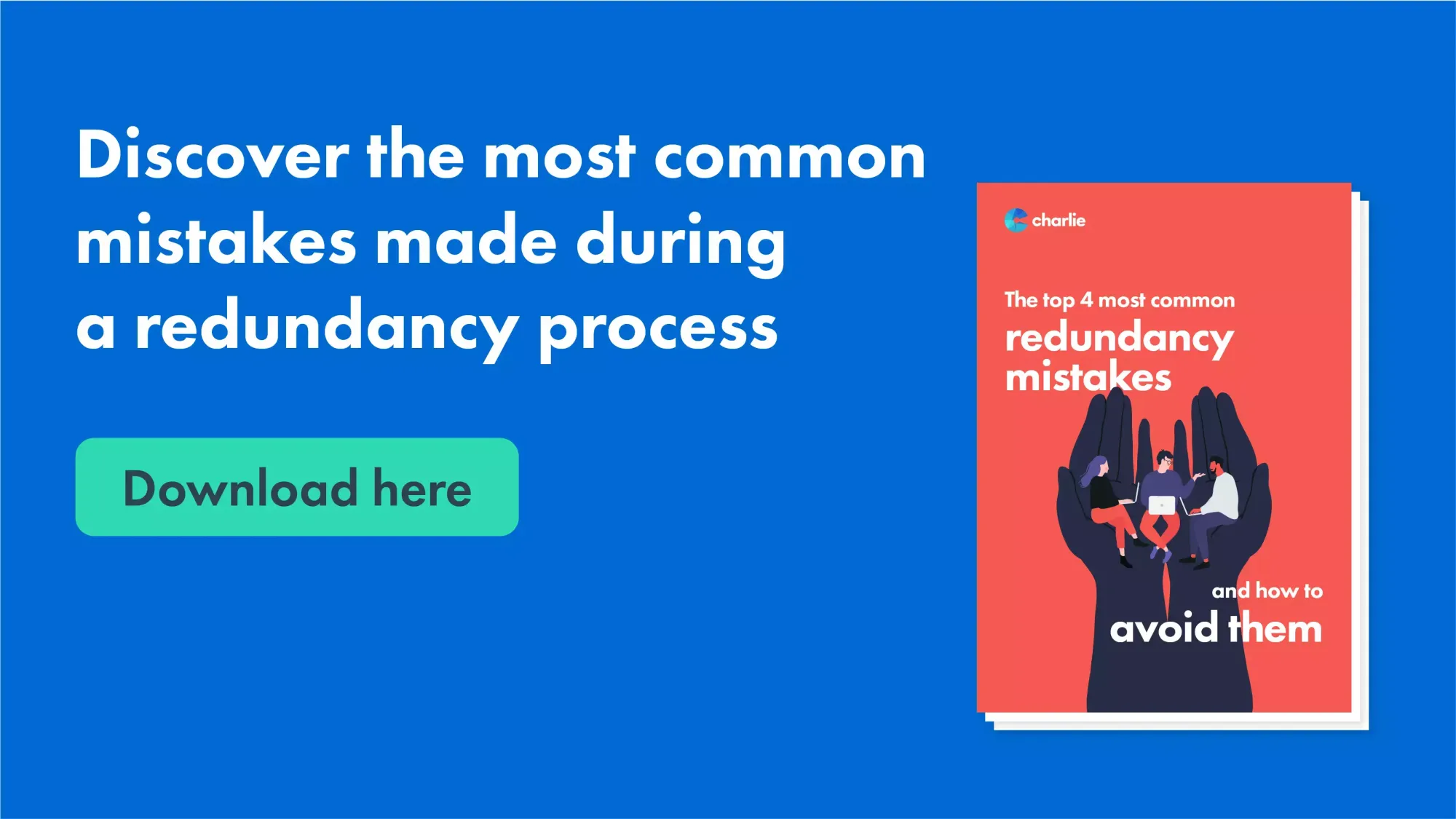Checking Out the Operational Dynamics of Firm Redundancy and Its Long-Term Sustainability

Redundancy Methods for Organization Connection
In order to ensure nonstop procedures, services have to carry out efficient redundancy approaches for service continuity. Redundancy in this context refers to the replication of essential elements or functions within a system to alleviate the influence of potential failures. By integrating redundancy approaches, organizations can improve their durability against interruptions caused by various factors such as all-natural catastrophes, devices failures, or cyber-attacks.
One common redundancy approach is the application of backup systems and data storage space remedies. This involves developing matches of vital information and systems that can be turned on in case of a key system failing. Furthermore, organizations can establish redundant communication networks and power resources to keep connectivity and procedures throughout unexpected occasions.
In addition, cross-training employees to execute multiple duties within the company can offer as an important redundancy strategy. This guarantees that crucial jobs can still be performed even if crucial personnel are not available because of health problem or other reasons. Generally, effective redundancy approaches are crucial for businesses to maintain functional continuity and decrease the influence of prospective disturbances.
Effect of Redundancy on Organizational Durability
Offered the essential duty redundancy techniques play in ensuring company continuity, checking out the impact of redundancy on organizational durability comes to be important for understanding the all natural functional characteristics of a firm. Redundancy, when purposefully applied, can significantly add to boosting an organization's resilience in the face of unanticipated difficulties.
Furthermore, redundancy can promote advancement and creative thinking within an organization as staff members feel equipped to take computed threats, recognizing that there is a safety and security web to sustain them in instance of failing. In general, the effect of redundancy on organizational resilience is profound, shaping the long-term sustainability and success of a business.
Balancing Performance and Flexibility in Redundancy
Achieving a harmonious equilibrium in between operational efficiency and flexible versatility is a crucial obstacle in the critical deployment of redundancy within organizations. Efficient procedures are necessary for preserving performance and cost-effectiveness, making certain that resources are used optimally. However, extreme emphasis on efficiency alone can result in strength, making it hard for companies to adapt to unpredicted adjustments or obstacles. On best site the other hand, versatility allows companies to respond nimbly to advancing conditions, promoting innovation and strength. Yet, excessive adaptability without a solid functional structure can result in inefficiencies and disparity.
To balance performance and versatility in redundancy planning, companies need to very carefully evaluate their functional requirements, market dynamics, and critical objectives. Ultimately, locating the ideal equilibrium in between effectiveness and flexibility is critical for developing a durable and lasting organization in the face of unpredictability.
Long-Term Sustainability With Redundancy Planning
To make certain enduring stability and stability, companies should purposefully align their redundancy preparation with long-term sustainability goals, thereby integrating operational effectiveness with adaptive versatility. Lasting sustainability through redundancy preparation involves greater than just short-term cost-cutting procedures. It needs a thorough critical technique that prepares for future difficulties and opportunities. Companies need to view redundancy not as a responsive remedy to immediate issues yet as a positive method for long-term success. By integrating redundancy planning with sustainability purposes, organizations can create a durable structure that can withstand different market variations and inner changes.

Aggressive Measures for Sustainable Firm Procedures
How can business proactively boost their operational sustainability for long-term success? Carrying out aggressive measures is important for business intending to ensure sustainable operations. One essential method Recommended Site is to spend in technology and development to enhance procedures, lower waste, and remain competitive on the market. Embracing lasting techniques such as lowering power intake, minimizing carbon footprint, and optimizing source utilization can not only benefit the environment but also lead to cost savings over time.
Moreover, cultivating a society of constant enhancement and knowing within the organization can boost flexibility to altering market conditions and consumer needs. Motivating employee participation in decision-making procedures and offering opportunities for specialist advancement can increase spirits, efficiency, and general performance. Developing clear goals, keeping track of key efficiency signs, and frequently examining progression are crucial components of aggressive sustainability monitoring.
Collaborating with distributors, clients, and other stakeholders to advertise sustainable methods throughout the supply chain can create a surge effect of favorable impact - redundancy pay if company goes bust. By taking aggressive steps in the direction of operational sustainability, firms can build durability, drive innovation, and safeguard their long-term success in an ever-evolving service landscape
Conclusion

In the world of organizational management, the critical implementation of firm redundancy stands as an essential yet intricate technique that requires a fragile balance in between operational performance and long-lasting viability. By exploring the functional dynamics that underpin firm redundancy and assessing its more comprehensive ramifications for business durability and flexibility, a nuanced understanding of how redundancy approaches can shape the future trajectory of a business starts to unfold.Offered the crucial duty redundancy strategies play in making sure business continuity, discovering the effect of redundancy on business resilience ends up being imperative for comprehending the all natural operational dynamics of a business. On the whole, the impact of redundancy on organizational strength is extensive, shaping the long-lasting sustainability and success of a business.
In verdict, have a peek at this website understanding the operational dynamics of business redundancy is critical for ensuring long-term sustainability.
Comments on “If a Company Goes Bust Who Pays Redundancy? Lawful Insights for UK Worker”